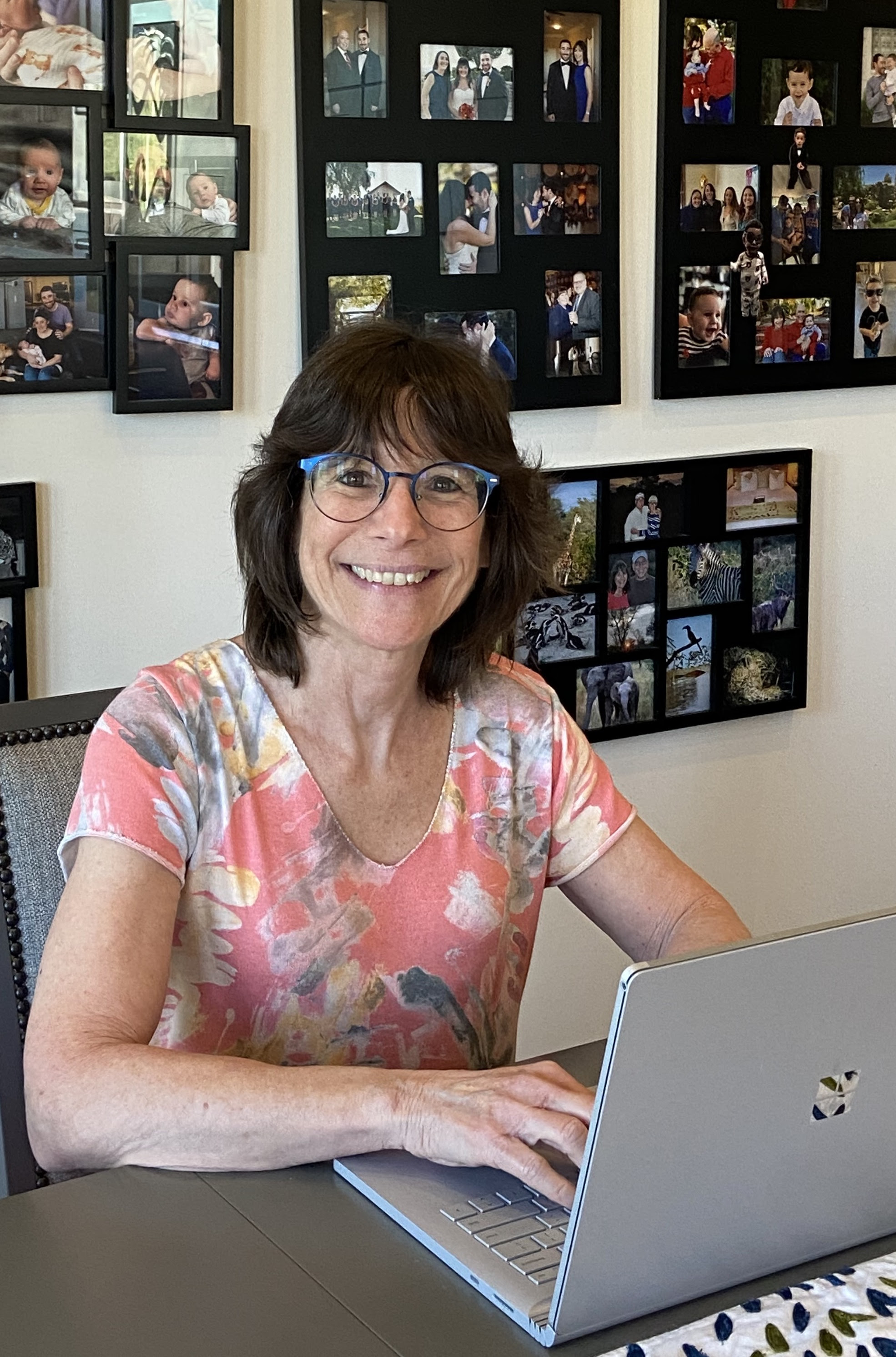Hi guys,
An update from OMF:
Dear Friends,
In a world seemly upended, Open Medicine Foundation can offer you the assurance that this crisis will not divert us from our search for a cure for ME/CFS.
I thought I would take a moment to let you in on how we work and why we are so
 confident about our collective ability to stay on task. Our models of work for both our OMF staff and the Collaborative Research Centers are streamlined and adaptable. We are distributed worldwide and are experts at using remote communication and data-sharing tools.
confident about our collective ability to stay on task. Our models of work for both our OMF staff and the Collaborative Research Centers are streamlined and adaptable. We are distributed worldwide and are experts at using remote communication and data-sharing tools.
But I have another source of hope: The OMF staff and research teams are called to this work based on a personal connectioni to ME/CFS patients and families.
Choosing to work on ME/CFS by definition requires embracing challenges and finding creative solutions. And OMF will see this work through until patients have the answers they need.
We are working to free many millions of patients from the cruel restraints of this disease and to shield millions more who could someday have it from the suffering it inflicts.
Each of us faces many added fears and worries today, so I invite you to set aside your concerns about the continuity of ME/CFS research. It will go on, and so will we.
Stay safe, and take care of each other,
With hope for all,
Linda Tannenbaum
Founder & CEO/President
Open Medicine Foundation
www.omf.ngo
A message of hope from Ronald W. Davis, PhD,
Director, OMF Scientific Advisory Board:
“We are doing everything we can to continue progress on ME/CFS during this time when we can’t go into the lab. This is a photo of me on a zoom conference call with doctors and researchers from across the country and Europe planning for a test of a new idea for treatment of ME/CFS.
We are using this time of isolation to do planning, data analysis, writing papers, and writing grants. So far, we have at least 5 grant applications in progress. “
 P.S. I have great faith in the continued dedication and support of the ME/CFS community. You are our greatest asset, and we share the understanding that our shared mission transcends any single challenge.
P.S. I have great faith in the continued dedication and support of the ME/CFS community. You are our greatest asset, and we share the understanding that our shared mission transcends any single challenge.
An update from OMF:
Dear Friends,
In a world seemly upended, Open Medicine Foundation can offer you the assurance that this crisis will not divert us from our search for a cure for ME/CFS.
I thought I would take a moment to let you in on how we work and why we are so

But I have another source of hope: The OMF staff and research teams are called to this work based on a personal connectioni to ME/CFS patients and families.
Choosing to work on ME/CFS by definition requires embracing challenges and finding creative solutions. And OMF will see this work through until patients have the answers they need.
We are working to free many millions of patients from the cruel restraints of this disease and to shield millions more who could someday have it from the suffering it inflicts.
Each of us faces many added fears and worries today, so I invite you to set aside your concerns about the continuity of ME/CFS research. It will go on, and so will we.
Stay safe, and take care of each other,
With hope for all,
Linda Tannenbaum
Founder & CEO/President
Open Medicine Foundation
www.omf.ngo
______________________________________________________________
A message of hope from Ronald W. Davis, PhD,
Director, OMF Scientific Advisory Board:
“We are doing everything we can to continue progress on ME/CFS during this time when we can’t go into the lab. This is a photo of me on a zoom conference call with doctors and researchers from across the country and Europe planning for a test of a new idea for treatment of ME/CFS.
We are using this time of isolation to do planning, data analysis, writing papers, and writing grants. So far, we have at least 5 grant applications in progress. “
______________________________________________________________

Last edited:
